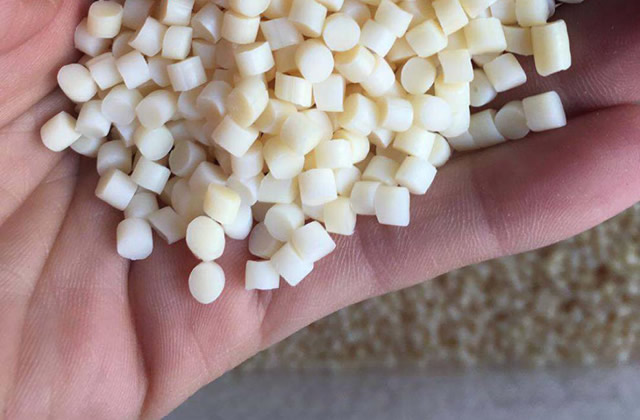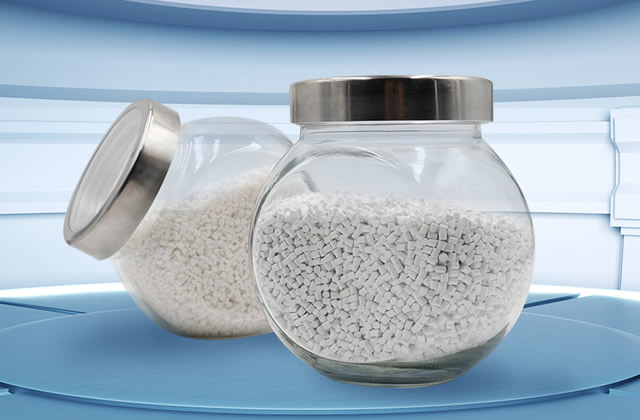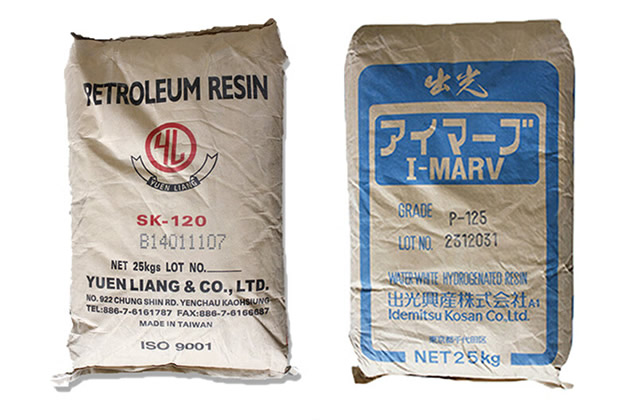1. The role and use of release agents
A release agent is an interface coating used on the surfaces of two objects that are easy to adhere to each other. It can make the objects The surface is easy to break away, smooth and clean. Its main functions are:
1. Reduce friction
The release agent can form a thin film on the surface of the mold , the friction between the molded object and the mold surface is reduced, so that the molded object can easily detach from the mold. At the same time, the film can also play a certain role in protecting the mold and reducing mold wear.
2. Increase the surface finish of the molded object
The release agent can smooth the surface of the molded object, reduce surface defects, and improve the quality of the molded product. This is especially important for molded parts with high precision requirements.

3. Avoid mold adhesion
Some materials are easy to adhere to the surface of the mold and are difficult to separate. The use of release agents can avoid this problem and reduce the maintenance of the mold. and replacement.
2. What are the main uses of release agents?
The function of release agents is to smoothly separate the cured products from the mold. , thereby obtaining smooth and flat products and ensuring that the mold can be used multiple times. So where is the release agent mainly used?
Generally speaking, release agents are mainly used in industrial fields that require the use of mold production, including metal die-casting, polyurethane foam and elastomers, glass fiber reinforced plastics, injection molded thermoplastics, and vacuum foam sheets. and extruded profiles in various molding operations.
3. What can be used to replace the release agent?
Replacements for the release agent depend on the specific application and requirements. The following are some common alternatives:
1. Lubricants
Some lubricants, such as silicone oil, grease or light machine oil, can be used under certain conditions. To a certain extent, it can replace the lubricating function of release agent. They can reduce the friction between the material and the mold surface and help the product to escape smoothly from the mold. However, lubricants typically do not possess the special properties of release agents, such as anti-sticking, anti-sticking and protection against surface defects, so lubricant selection needs to be evaluated based on specific application needs.
2. Thin film coating
In some cases, thin film coating can be considered to replace the release agent.These coatings can provide similar anti-stick and anti-stick properties, resulting in better mold release. Common thin film coatings include polytetrafluoroethylene (PTFE) coatings and hard ceramic coatings. However, the selection and application of thin film coatings often requires special equipment and techniques and can be costly and complex.
It should be noted that release agents have unique characteristics and advantages in many industrial applications, such as ease of use, wide applicability and good release effects. Therefore, before choosing an alternative, it is best to evaluate the difference in performance and effect compared to the release agent, and test and verify it based on actual needs.
If the website content violates your rights, please contact us to delete it。








